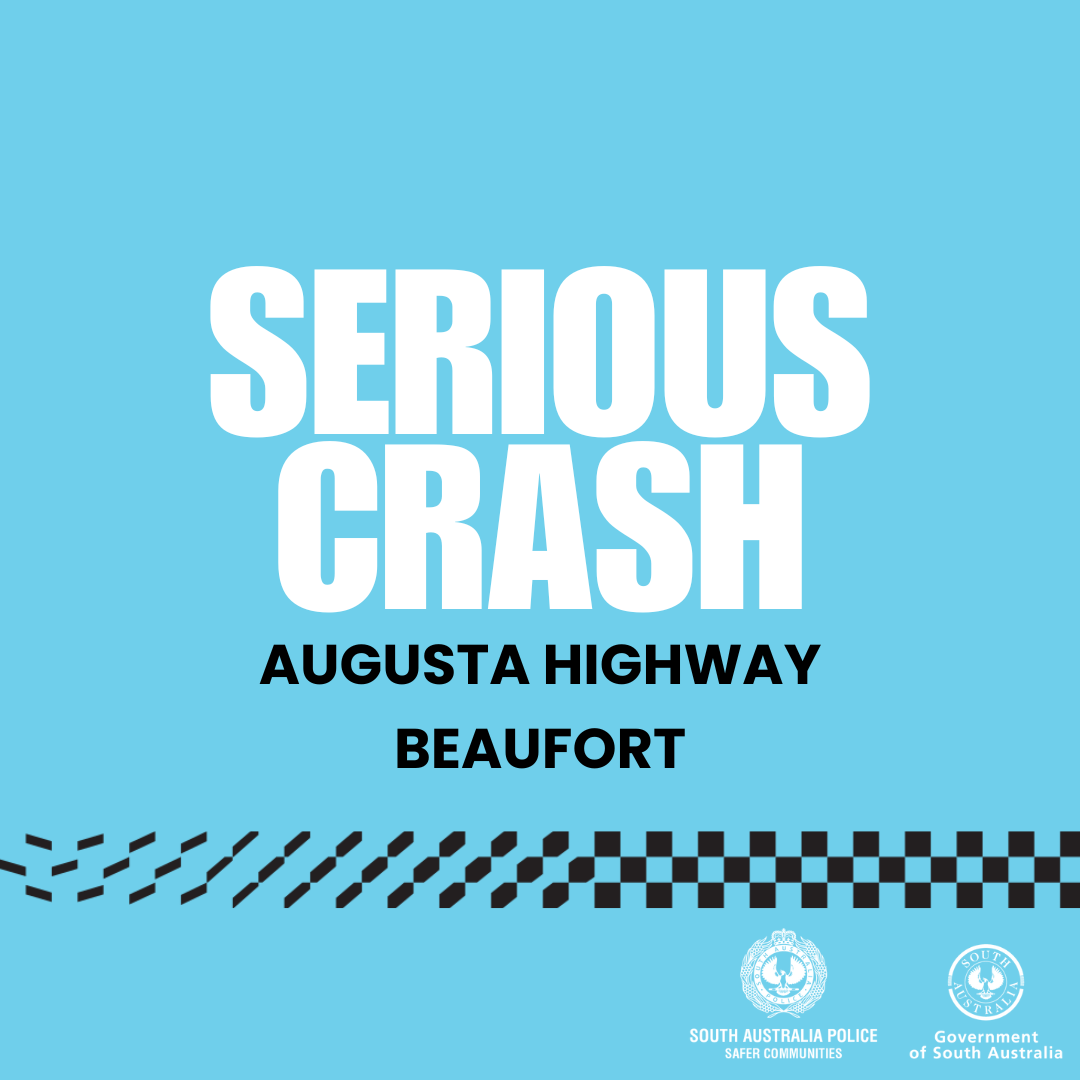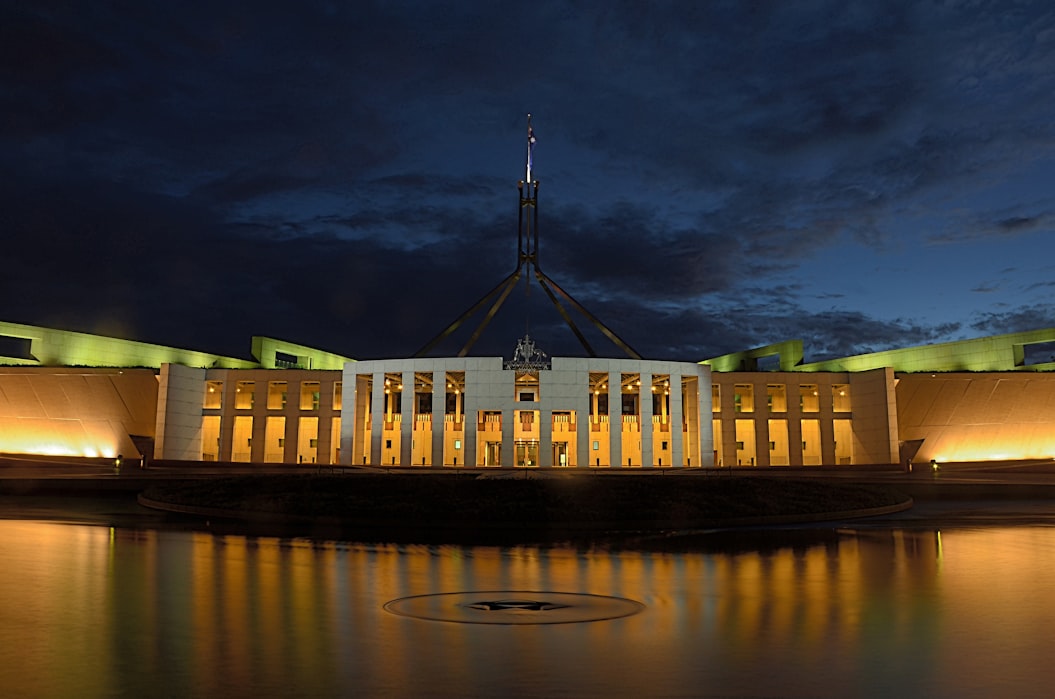Wildfires are bad enough without houses in the way to help them spread.
Yet that’s the situation in hot, dry climates — most recently in California and Australia — where settlements not only suffer tragedy when fires get out of control but also serve as fuel that helps them spread.
Vivian Schwab
One Rice University architecture student is thinking hard about the problem humans have with fire and how future dwellers at risk could consolidate resources for their own protection while retaining a sense of community.
San Francisco native Vivian Schwab, a graduate student, put one California community, , in the context of a massive board game to see if pieces literally could and should be moved away from the blaze-prone foothills.
Santa Rosa lost thousands of structures in the 2017 that killed an estimated 22 people.
For her graduate thesis, Schwab developed a 25-year plan that would form two new communities within Santa Rosa, one a “transit city” with quake-hardened high-rise towers built around an existing transportation hub and the other a medium-density “garden city” centered on the existing intersection of Highways 101 and 12.
While short-term problems need immediate attention, mitigating the effects of climate change and, on the West Coast, the constant threat of earthquakes requires long-term strategies as well.
“This is a condition we’re going to continue to deal with, but we’re at that point now in California,” said Schwab, who has family connections to Santa Rosa and knows the region well. “When the fires came through and several neighborhoods were destroyed, they were just fast-tracked through the permitting processes and rebuilt in place.
“When the Tubbs Fire hit Santa Rosa, several neighborhoods were destroyed,” she said. “Those neighborhoods are now being rebuilt in place. It’s a short-term solution towards the return to a status quo, but that status quo isn’t sustainable and we need to think strategically about how our decisions now will play out in 10 or 20 years, under even more uncertain conditions.
A transportation hub with high-rises and multiuse structures, all surrounded by fire-retarding vineyards, is one vision for the future of Santa Rosa, California, as envisioned by Rice architecture student Vivian Schwab. Her graduate thesis was prompted by fires that have devastated the community in recent years and the need for strategies to protect against future disasters as a result of global warming. Illustration by Vivian Schwab
“Obviously, there needed to be a short-term solution,” Schwab said. “The city was in a bind, because if all those people moved away, they’d lose a tax base. There’s all sorts of politics involved in that decision, but it was interesting to think about how to deter that the next time this happens. And the time after that.
“Now that it’s known that it will continue to happen, what is the long-term solution?”
Schwab’s adviser, , the Gus Sessions Wortham Professor of Architecture at Rice, understands how difficult that will be given that efforts to prevent global warming are now shifting to adaptation.
Vivian Schwab presents her thesis to a panel at Rice Architecture. Schwab went beyond theory to specifics in presenting a strategy to remediate the threat of fire to the city of Santa Rosa, California.
“Adapting our infrastructure and buildings to withstand hotter temperatures, rising sea levels and extreme weather, as well as achieving lower levels of energy consumption and carbon emissions, is no small effort,” he said. “This difficulty does not, however, change the fact that it must be done.”
Schwab noted 9,000 homes on the outskirts of Santa Rosa, 50 miles north of San Francisco, stand at the urban/wild interface. These are in the direct path of wildfires spread each summer by the that blow from land to sea and, it appears, are often sparked by damage to the that crisscross the landscape.
She proposes those homes be moved or simply removed and replaced with dwellings closer to the city center and passenger rail.
Schwab’s ambitious thought experiment, a strategic plan for the two new communities, would ideally keep them intact and create a viable buffer between the fire-prone hills to the east and the city. The region’s status as could, it turns out, play a protective role because .
She suggested vineyards could provide a strategy for a that mitigates fire risk. “Vineyards are hardy and regularly irrigated during the dry season,” she said. “Depending on their surrounding terrain, row orientation and maintenance, they can create an effective gap between fuel sources.
Before-and-after drawings show the development of a transportation hub with high-rise structures, part of Rice University architecture student Vivian Schwab’s thesis on how the city of Santa Rosa, California, could respond to the threat of fires from nearby foothills. The 2017 Tubbs Fire burned thousands of structures in the region and killed an estimated 22 people. Illustration by Vivian Schwab
“On one side, it’s context-specific,” she said. “If our infrastructure and our homes are constantly being compromised by climate-related events, is there a way to consolidate things so that we have a protected zone?
“On the other side, these are general principles of retreating from zones that are volatile and consolidating urbanization in a way that can be sustainable.”
Schwab was a sociology major as an undergraduate at Wesleyan University and spent a year working in the Hong Kong architecture firm of former Rice Assistant Professor . Both experiences served her well in designing her project.
“Throughout history, threats, such as war, disease and pollution, have helped shape urban form,” she said. “Where and how we live is related to the existential conditions of the time. Climate change is our existential threat, and it will be interesting to see how it will define urban form. This is one scenario that addresses it.”
Pope said his student’s thesis exemplifies the forward thinking encouraged at Rice Architecture.
“Successfully managing a fair and civil adaptation to the environmental changes that are coming diminishes as time passes,” Pope said. “To take an obvious example, ships that sink slowly allow the time needed for an orderly and civilized evacuation. Ships that sink quickly inevitably descend into chaos. In other words, the sooner we begin adapting our infrastructure and buildings, the better our chance of success.
“Our students, like Vivian, who will be living out this future, understand the necessity of adaptation and are already imagining what will be required to limit future losses,” he said.








